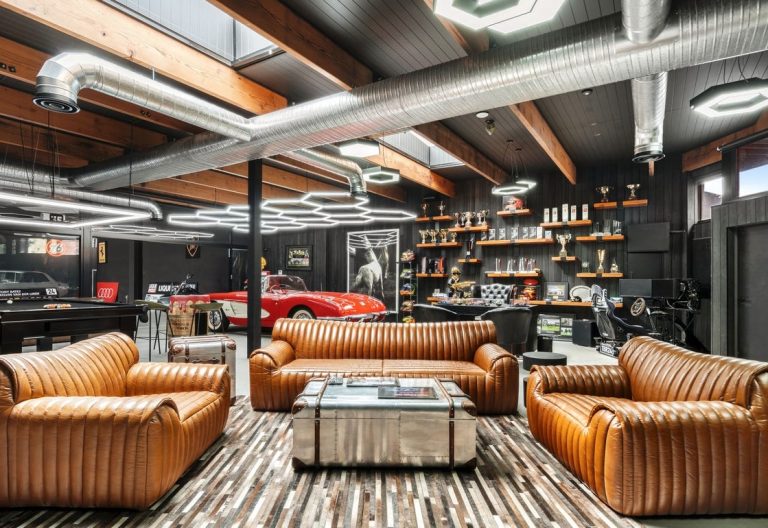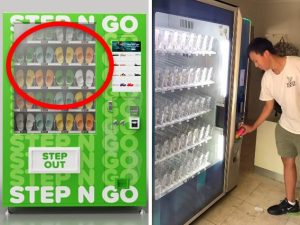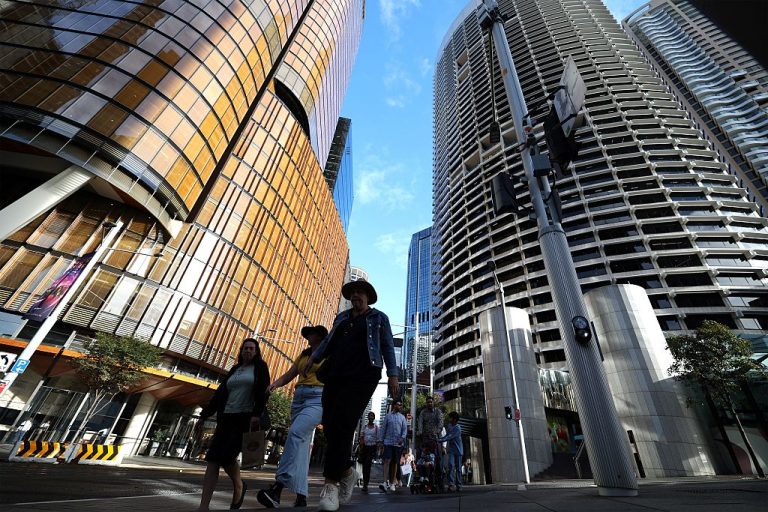CBD retail demand rallies despite challenges in the sector
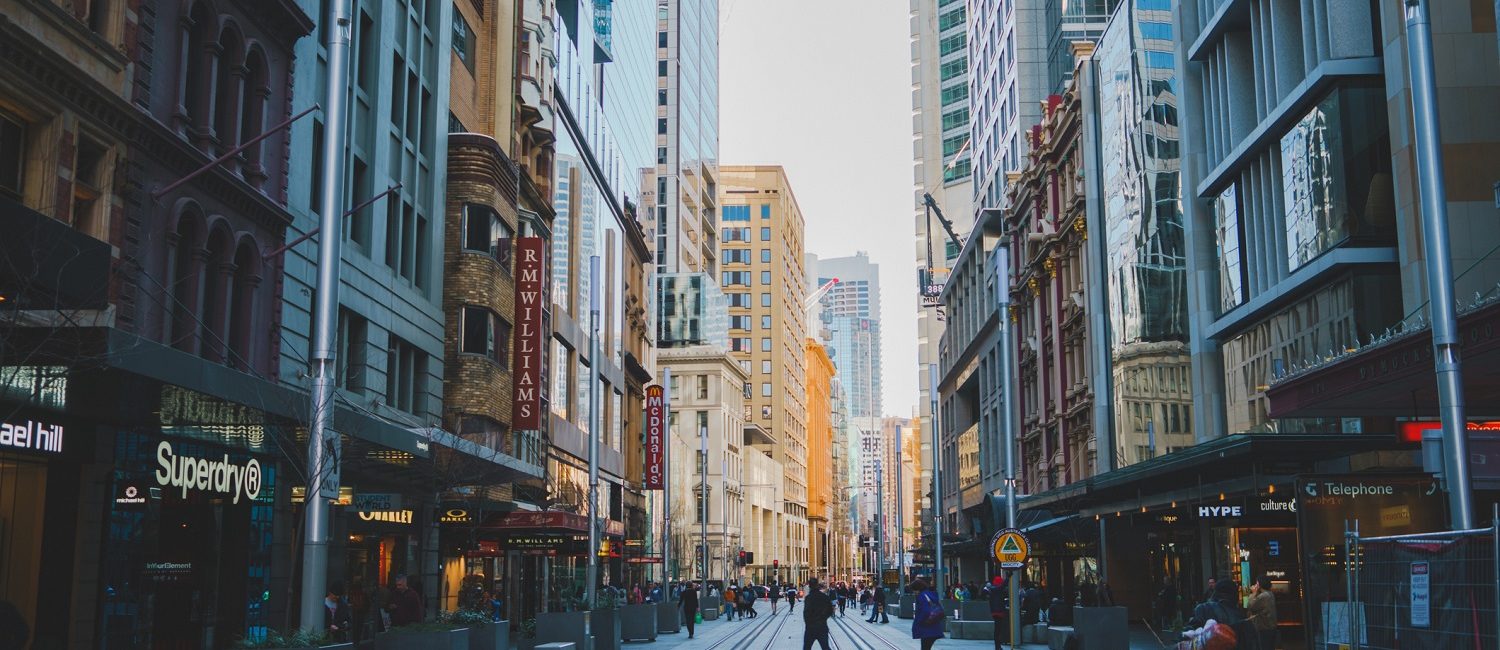
Despite challenging conditions for retailers at large, retail assets in Australia’s central business districts are showing signs of recovery, with vacancy down and rent growth returning.
Retailers in Australia’s CBDs were among the hardest hit during the pandemic years, with the reduction in office workers and residents driving a collapse in foot traffic and prospective customers.
Vacancies skyrocketed, rents plummeted, and retail valuations took a beating.
Retailers themselves became more wary of city locations, with fewer opting to take out leases in CBDs, and a rising share looking instead to fringe and suburban areas.
Demand has slowly recovered and, this year, the share of businesses searching to lease retail space in Australia’s CBDs has finally returned to pre-pandemic levels.
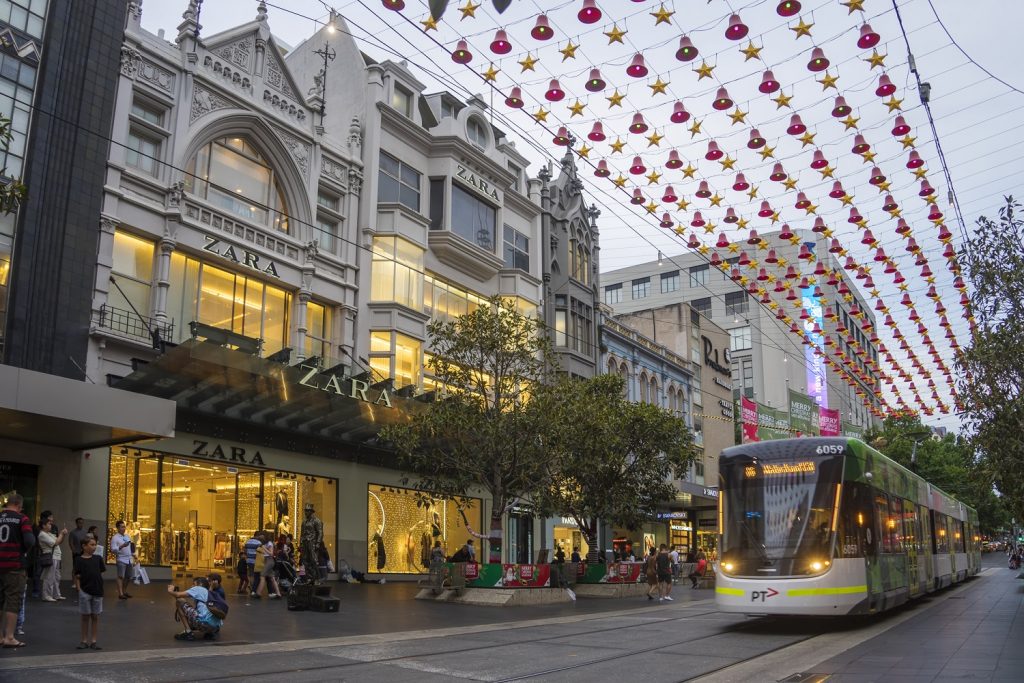
Melbourne was the only capital city where retail rents declined. Picture: Getty
In mid-2021, during the heart of the pandemic, the share of retailers looking specifically to lease space in a CBD accounted for just 5% of all location searches, according to realcommercial.com.au.
The share has since trended upwards, reaching 9% in August this year – the highest share seen since 2019. This increased demand for CBD retail space has been reflected in decreased vacancy rates.
Retail vacancy declined in every capital city CBD bar Brisbane over the first six months of 2024, with the weighted CBD vacancy rate dropping from 12.5% to 12.1%, according to CBRE.
Lower vacancies are also supporting rent growth, with CBRE reporting growth in CBD Super Prime retail rents in every capital city except Melbourne.
Rents have seen the strongest recovery in the Perth CBD, with net effective rents up 15.6% over the 12 months ending June 2024 following a 750 basis point drop in incentives.
The Brisbane and Sydney CBDs followed, with net effective rents up 8.3% and 2.4% year-on-year, respectively, while Adelaide was up 1.3%. Melbourne was the only CBD market where retail rents declined, with incentives rising 500 basis points resulting in a 16.3% drop in net effective rents.
Despite Melbourne’s underperformance, it has the lowest retail vacancy rate of any capital city CBD, sitting at 6.9% in June, down 0.49 percentage points from December.
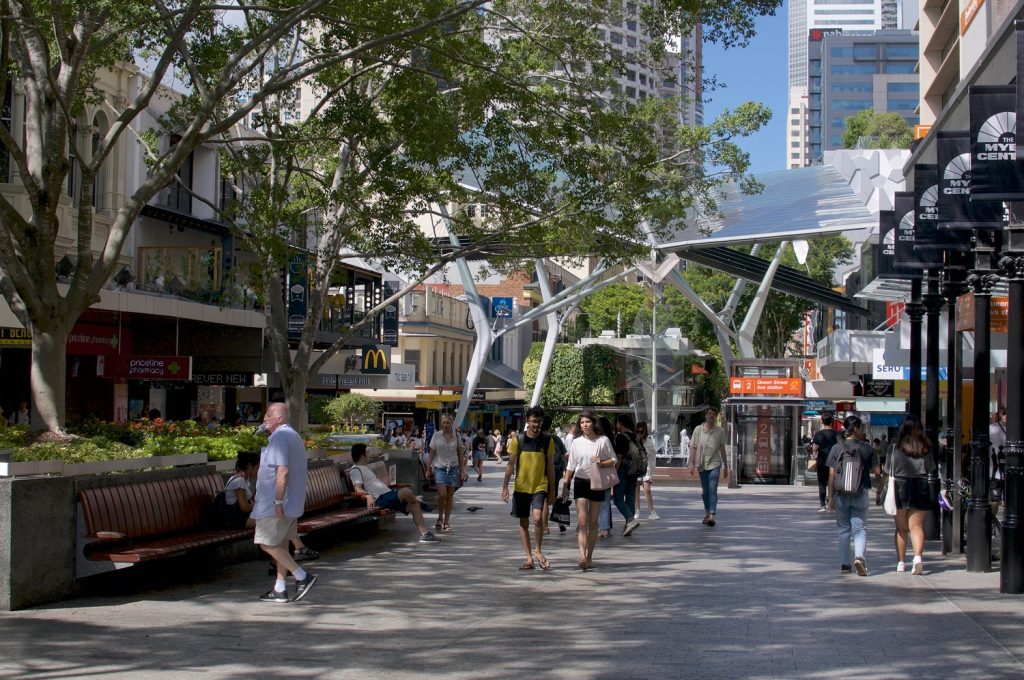
Brisbane CBD retail net effective rents were up 8.3% over the past year. Picture: Getty
But despite the recovery seen in rents and vacancy rates in most CBD markets, conditions remain extremely challenging for many retailers.
Over the 12 months ending August, 781 businesses operating in the retail trade industry entered insolvency. A 30% rise from the previous 12 month period.
Businesses operating in the accommodation and food sector fared even worse, with 1,889 insolvencies, up 62% over the same period, the majority of which were cafes, restaurants, or takeaway services.
Decreased discretionary spending has been a primary driver of the increase in insolvencies. Within our CBDs, however, strong population growth is helping to counteract the effects of falling per capita consumer spending.
Much of the population growth experienced over the past two years has been centered around Australia’s CBDs, with new migrants and international students more likely to live in inner city areas.
Over the 2023 financial year alone, Australia’s inner-city areas added 44,000 people, with around 70% of these people moving into the Melbourne and Sydney inner city SA3 regions.
Increased foot traffic from larger residential populations is helping to mitigate the broader challenges many retailers are currently facing and should continue to support the recovery in demand for CBD retail space.

